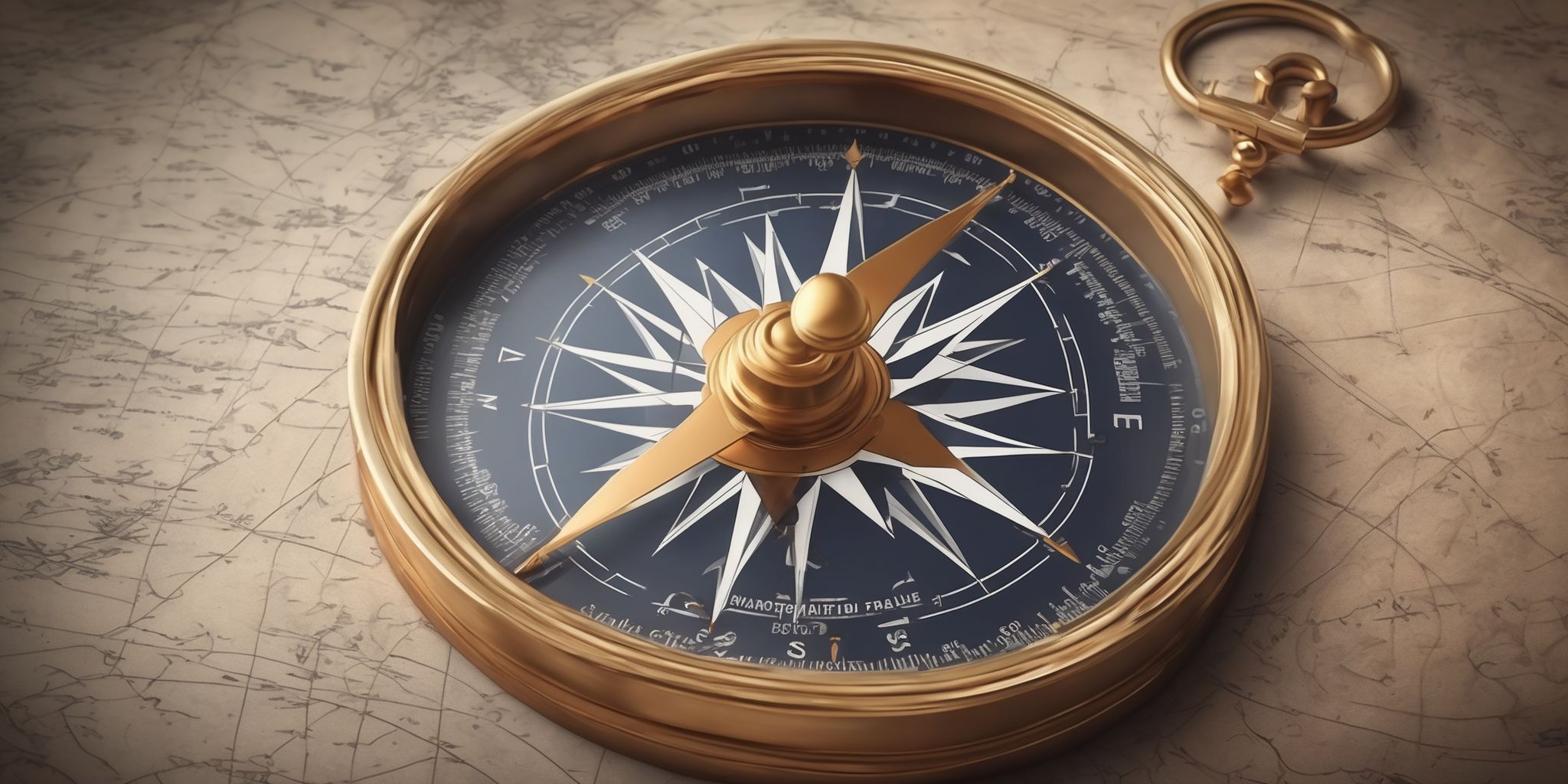How to budget for hiking trips
Dreaming of exploring the great outdoors without breaking the bank? Planning a budget-friendly hiking trip is easier than you think.
Find affordable gear and choose budget-friendly destinations. Enjoy nature without emptying your wallet.
Discover practical tips for budgeting your hiking adventures. Hit the trails with peace of mind and purpose.
Lace up those hiking boots and explore the wilderness affordably!
How to Budget for Hiking Trips
When budgeting for a hiking trip, hikers should consider key expenses such as transportation, accommodations, gear, and food.
To prioritize spending and save money on hiking essentials for a budget-friendly trip, one can:
- Research budget-friendly hiking destinations
- Choose off-peak seasons for lower prices
- Reduce gear weight to save on excess baggage fees
- Opt for affordable hiking attire that suits the weather and terrain
Stretching a hiking trip budget further can be achieved by:
- Planning meals in advance
- Joining hiking groups to split costs
- Borrowing or renting quality gear instead of buying
- Looking for personalized hiking tips from fellow hikers to make the most of the experience
By being mindful of budget constraints and seeking affordable ways to enjoy the outdoors, hikers can have a successful hiking trip filled with adventure, enjoyment, and breathtaking landscapes without overspending.
Physically Prepare for Your Hiking Trip
Hiking for Beginners
Beginners going on a hiking trip should pack important items. These include proper footwear, weather-appropriate clothing, water, snacks, a first aid kit, navigation tools, and emergency supplies.
Preparing physically for a hiking adventure involves regular exercise to build endurance. It also includes strength training and stretching to prevent injuries on the trails.
Budgeting effectively for hiking adventures includes researching budget-friendly destinations. It also involves choosing off-peak seasons to save on accommodations, transportation, and gear rentals. Additionally, joining hiking groups or forums can offer affordable ways to explore nature.
To have a successful and enjoyable hiking experience without overspending, beginners should maintain a flexible schedule. They should also prioritize budget-friendly tips like borrowing gear, sharing accommodations, and planning meals.
Make a Plan for Your Budget-Friendly Hiking Trip
To create a budget for a hiking trip, consider these tips:
- Research budget-friendly hiking destinations and trails.
- Prioritize the hike while keeping budget constraints in mind.
- Choose off-peak seasons for cost savings on accommodations and transportation.
- Find fellow hikers or hiking groups for social support and shared expenses.
- Be flexible with the schedule for budget-friendly adjustments.
- Take care of mental and physical well-being to combat fatigue.
- Embrace the simplicity of nature for an enhanced hiking experience.
- Opt for affordable gear without compromising quality.
- Seek personalized hiking tips from experienced hikers for money-saving strategies.
Finding Hikes on a Budget
Planning a budget-friendly hiking trip is easy. Here are some tips:
- Research lesser-known destinations.
- Explore local nature reserves.
- Opt for off-peak seasons for cheaper trails.
To save money on transportation and accommodations:
- Consider carpooling with fellow hikers.
- Camp at free campgrounds.
- Use budget-friendly options like hostels or Airbnb.
For discounts on hiking gear:
- Look into outdoor gear rental services.
- Attend local gear swap events.
- Check online platforms for gently used equipment at lower prices.
By following these tips, hikers can enjoy a successful hiking trip within their budget while experiencing the simplicity and adventure of the outdoors.
Budget-Friendly Hiking Gear and Attire
What to Pack for Your Hiking Trip
Preparing for a budget-friendly hiking trip involves packing essential items. These include appropriate hiking gear, durable footwear, water, snacks, a first aid kit, and a map or GPS. By ensuring these basics are packed, hikers can have a successful trip without overspending.
Efficient packing for a hiking trip means reducing gear weight and choosing versatile clothing. Make strategic decisions based on the hike's length and intensity. Prioritizing quality, multi-purpose items that last long term is important for budget-friendly hiking.
When selecting gear and attire, focus on affordable options meeting safety standards. Invest in sturdy footwear for a positive hiking experience within budget limits. Choose budget-friendly hiking destinations, maintain a flexible schedule, and explore off-peak seasons to enjoy nature without breaking the bank.
Warm-Weather Hiking Attire
When planning a budget-friendly hiking trip, hikers should prioritize choosing attire suitable for warm-weather hiking.
Opt for lightweight and breathable clothing made from moisture-wicking materials for comfort on the trails.
Ensuring adequate sun protection is crucial. Choose wide-brimmed hats, sunglasses, and long-sleeved shirts for protection from the sun's harmful rays.
Stay cool by selecting clothing with ventilation features like mesh panels or zippered vents.
Wearing moisture-wicking socks and proper footwear can help prevent blisters and discomfort while hiking in warm weather.
By following these budget-friendly tips for warm-weather hiking attire, hikers can enjoy their adventure comfortably and protected in nature.
Cold-Weather Hiking Attire
When planning a budget-friendly hiking trip in colder temperatures, hikers should focus on specific pieces of cold-weather hiking clothing. Prioritize:
- Moisture-wicking base layers
- Insulating mid-layers
- Weather-resistant outer shell
These clothing choices can help keep you warm while offering flexibility and breathability. Layering is important to adjust to weather changes and regulate body temperature. By wearing lightweight layers that you can add or take off as necessary, you can stay comfortable during the hike. Quality gear doesn't have to be expensive; there are ways to get durable and functional clothing at affordable prices. Make sure the clothing is suitable for hiking and fits your budget to enhance your hiking experience in the wilderness.
Money-Saving Hacks for Hiking Gear
Planning a budget-friendly hiking trip involves saving money on hiking gear while keeping quality in mind.
One approach is to buy gently used gear from second-hand stores or online marketplaces. End-of-season sales at outdoor retailers also offer significant savings on items like boots, backpacks, and clothing.
It's helpful to prioritize multi-purpose gear that can serve various functions, reducing the need for multiple expensive items. Choosing budget-friendly options for attire, like layering clothing or versatile pieces for different weather conditions, helps cut costs while ensuring comfort on the trail.
Look for discounts through newsletters, membership programs, or social media groups for outdoor enthusiasts to find affordable hiking gear. By being strategic in gear selection and mindful of budget constraints, hikers can enjoy a successful trip without overspending on equipment.
Budget-Friendly Hiking Tips
When planning a budget-friendly hiking trip, hikers can save money by focusing on essential gear needs rather than optional luxury items. This ensures they have necessary equipment without overspending.
Researching budget-friendly hiking trails and destinations allows hikers to explore nature without breaking the bank. Opting for off-peak seasons helps avoid high accommodation and transportation costs, making the hiking experience more affordable.
Choosing high-quality, versatile gear that lasts longer instead of constantly replacing cheaper options helps save money in the long run. Hiking alone or in small groups reduces costs associated with larger hiking expeditions.
Embracing a positive mental attitude and simplicity in hiking goals also contribute to a successful and budget-friendly hiking trip. Taking care of gear, preparing for mental fatigue, and enjoying the beauty of nature ensures an enjoyable hiking adventure within budget constraints.
Car Camping Essentials
Must-Have Items for Camping on a Budget
When planning a budget-friendly hiking trip, it's important to think about must-have items for camping. These items could be quality gear that's affordable, like a reliable tent, sleeping bag, and lightweight cooking equipment.
An essential is investing in proper hiking boots and navigation tools for safety. Embracing simplicity in attire and gear choices can make the hiking experience better without spending too much money.
Researching budget-friendly hiking destinations and trails can lead to stunning views while being cost-effective. A flexible schedule lets hikers take advantage of off-peak seasons for affordable accommodations and transportation.
Having social support from fellow hikers or hiking groups can make the camping trip fun and successful within budget limits. Following budget-friendly advice and setting personalized hiking goals can ensure a memorable hiking adventure without overspending.
Popular Hiking Trails for Budget-Friendly Trips
Beacon Heights Trail in Highlands, NC
The Beacon Heights Trail in Highlands, NC has beautiful nature views perfect for a budget-friendly hiking trip. Hikers can enjoy the flexible schedule options, choose affordable destinations, and keep things simple for a great adventure. Taking breaks and staying positive is crucial for a successful trip. Saving money on accommodations, transportation, and gear is possible by researching budget-friendly options and connecting with other hikers.
Quality gear and personalized tips can help hikersreach their goals and have a memorable experience on the Beacon Heights Trail.
Exploring Blue Ridge Parkway on a Budget
Exploring Blue Ridge Parkway on a budget can be a rewarding hiking adventure. Beginners and experienced hikers alike can enjoy the journey.
To make your hiking trip budget-friendly, plan ahead. Research budget-friendly hiking destinations. Look for cost-effective transportation and accommodations.
When on the trails, opt for lightweight and affordable gear. This can help reduce costs while ensuring a successful trip.
Connect with hiking groups or find a buddy. This can provide social support and enhance the hiking experience while sticking to your budget.
Keep a positive attitude. Take care of your physical well-being. Embrace the simplicity and beauty of nature. These can enrich your budget-friendly hiking expedition along Blue Ridge Parkway.
By following these tips and setting personalized hiking goals, you can enjoy the landscapes and wilderness of Blue Ridge Parkway without overspending.
Discovering Secret Falls without Breaking the Bank
Discovering secret falls on a budget-friendly hiking trip can be easy. Here are some tips:
- Research lesser-known trails leading to hidden gems in nature.
- Prioritize the hike over expensive gear or accommodations.
- Focus on the simplicity and beauty of nature.
Plan a flexible schedule to explore budget-friendly hiking destinations off-peak. This can enhance the overall experience. Also, reduce gear weight but invest in quality equipment to have a successful trip without overspending.
Consider joining hiking groups or finding a fellow hiker to share the adventure. It can provide social support while staying within budget. Embrace the wilderness and breathtaking landscapes for an enjoyable and affordable hiking experience.
FAQ
How can I estimate the cost of a hiking trip?
To estimate the cost of a hiking trip, consider expenses such as transportation, accommodation, permits, food, and gear. Research prices for these items online, check for any entrance fees or park passes required, and calculate a rough total based on your planned itinerary.
What are some common expenses to consider when budgeting for a hiking trip?
Common expenses to consider when budgeting for a hiking trip include gear (such as hiking boots, backpacks, and camping equipment), permits or park fees, transportation costs, food and water, and accommodations (if not camping).
Do I need to purchase any special gear for a hiking trip?
Yes, you may need to purchase special gear for a hiking trip, such as proper hiking shoes, a comfortable backpack, and appropriate clothing like moisture-wicking layers. It is important to be prepared for varying terrain and weather conditions.
Are there ways to save money while planning for a hiking trip?
Yes, you can save money on a hiking trip by bringing your own food and gear, carpooling with friends to split gas costs, and looking for free or low-cost camping options. Booking accommodations in advance and planning your own itinerary can also help cut costs.
Should I set aside extra funds for unexpected expenses during a hiking trip?
Yes, it is recommended to set aside extra funds for unexpected expenses during a hiking trip. Examples include emergency medical care, unexpected gear replacement, or alternative transportation in case of unforeseen circumstances.

